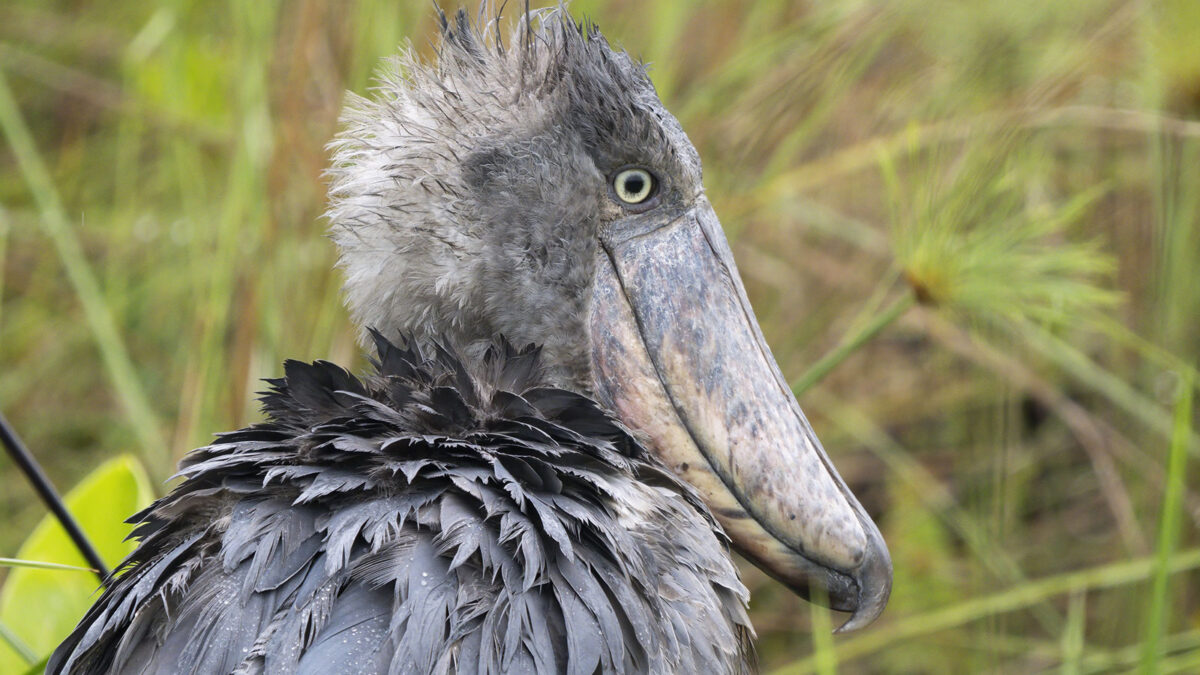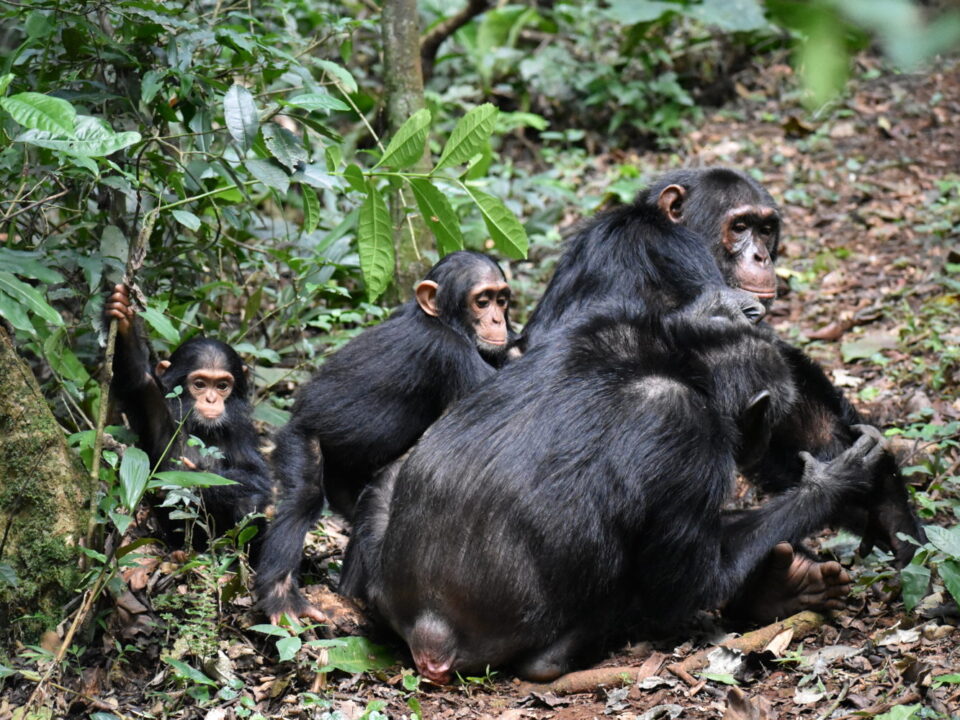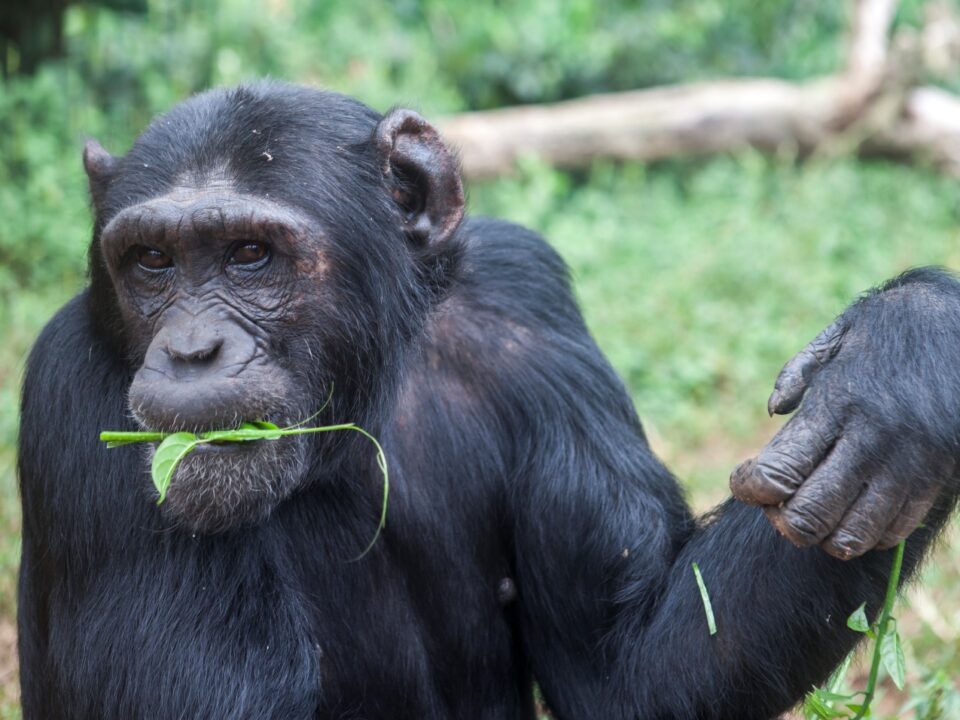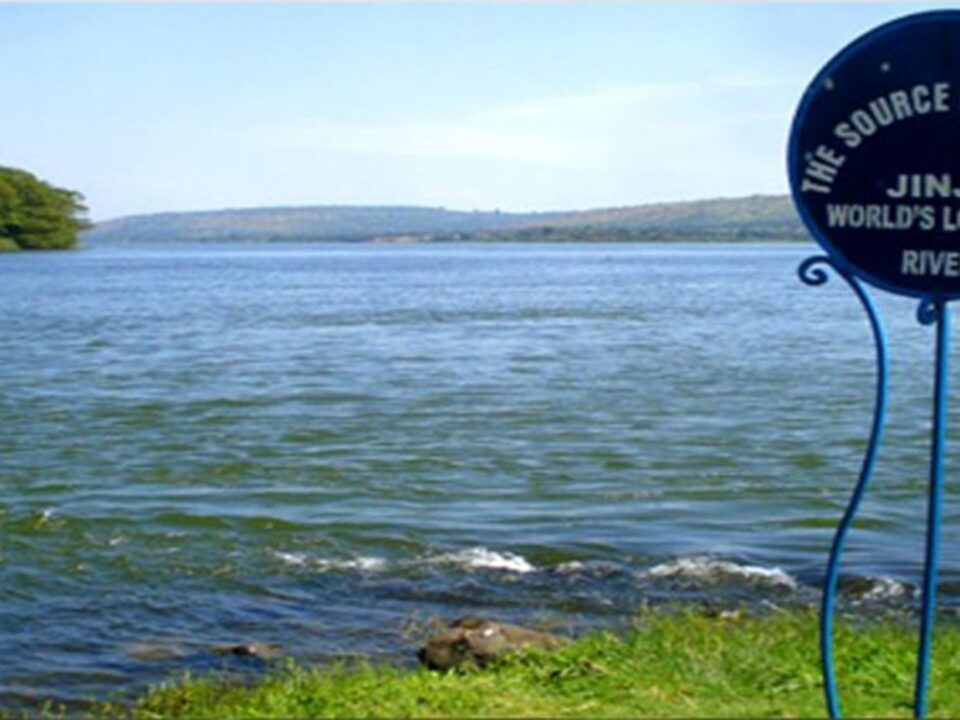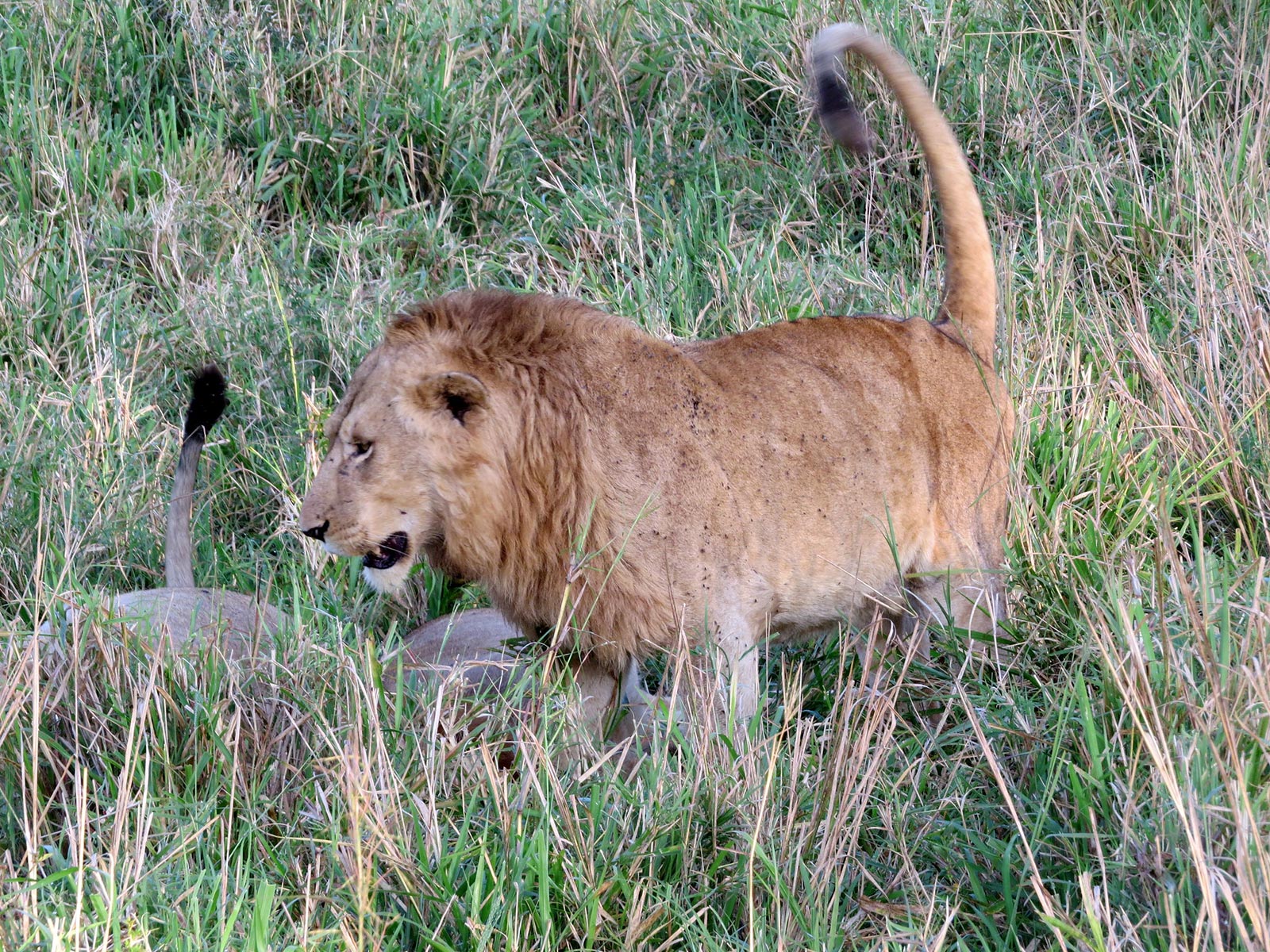
Filming Lion in Kidepo Valley National Park
January 12, 2024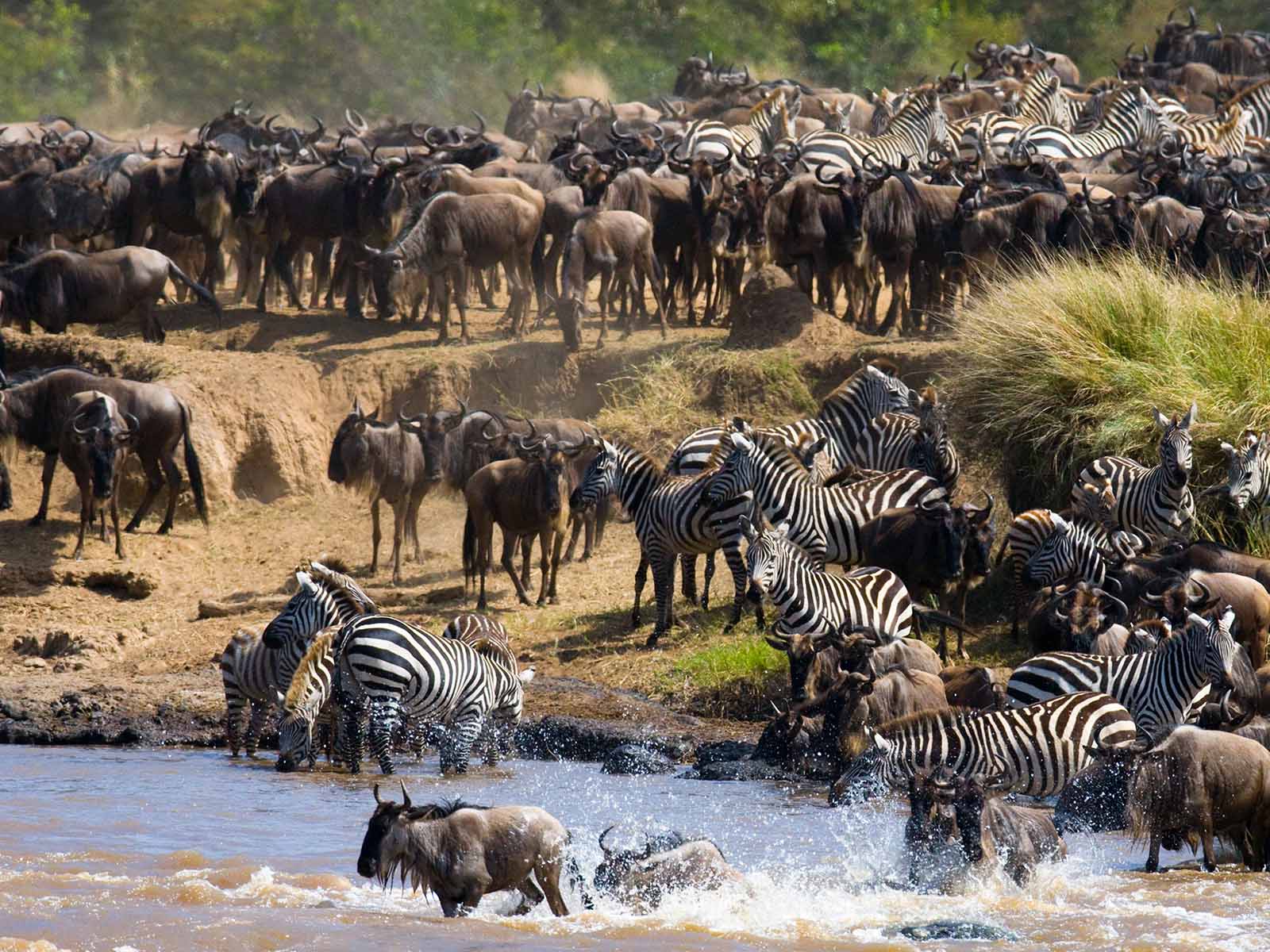
6-Day Great Wildebeest Migration Safari Tanzania
January 15, 2024Top Shoebill filming locations in Uganda
Top Shoebill filming locations in Uganda — Uganda stands out as one of the premier Shoebill filming locations, positioned as the ultimate bird-watching haven in Africa, boasting a record of over 1046 bird species. The Shoebill, an elusive and endangered bird species native to Africa, has become a focal point for film productions, with Uganda hosting the largest population in the region, approximately 1050. These majestic birds are commonly found around swamps, lake shores, and rivers, feeding predominantly on aquatic life.
The allure of the Shoebill stork, both beautiful and unique, has captured the interest of film companies seeking remarkable avian productions. As a rare species, the Shoebill can be spotted in fewer than ten locations in Uganda, providing various stork species, including the Yellow-billed stork, Marabou stork, Saddle-billed stork, and Open-billed stork, to feature in film productions.
Top Shoebill Filming Locations in Uganda
1. Uganda Wildlife Education Centre, Entebbe
- For expedited filming results, the Uganda Wildlife Education Centre in Entebbe emerges as the ideal location. Situated close to Entebbe International Airport, a brief 10-minute drive provides a swift opportunity for filming along the shores of Lake Victoria. With comprehensive services, Trek Africa Film Fixers organizes permissions and media accreditation, ensuring a successful Shoebill filming experience.
2. Mabamba Bay Swamp
- Known as one of the prominent Shoebill filming locations, Mabamba Bay Swamp ranks among the largest swamps on Lake Victoria. Accessible from Entebbe via a motorized boat, this location offers multiple opportunities for morning and evening shoots. Filmmakers can capture not only Shoebills but also various bird species, creating a dynamic and engaging production.
3. Makanaga Bay Swamp
- Makanaga Bay Swamp, situated on the shores of Lake Victoria, stands out as a prime Shoebill filming spot. Accessible by canoe boat from Kampala or Entebbe, this swamp offers a picturesque setting for capturing the rare and endangered Shoebill stork. An early morning canoe boat ride enhances the Shoebill filming experience, providing additional insights into the swamp’s diverse wildlife.
4. Lugogo Swamp, Nakasongola
- Close to the Ziwa Rhino Sanctuary, Lugogo Swamp presents another excellent Shoebill filming location. This site offers nearly guaranteed Shoebill sightings and an opportunity to film both Shoebills and Rhinos. Early morning canoe boat rides, accompanied by local guides, provide an immersive Shoebill filming experience, complemented by the chance to spot approximately 300 bird species.
5. Delta Point in Murchison Falls National Park
- Murchison Falls National Park, specifically the Albert Delta, offers an alternative Shoebill filming location. While Shoebills are rare, the dry season from January to March increases the chances of better sightings. The park’s diverse wildlife, including lions, giraffes, and elephants, enhances the overall production quality. Options to fly or drive to Murchison Falls accommodate varied preferences and budgets.
6. Semuliki National Park
- Semuliki National Park, known for its forest bird species, provides an excellent Shoebill filming location. Hosting around 400 bird species, the park offers an opportunity to capture various avian species alongside the elusive Shoebill. Additional highlights, such as Sempaya Hot Springs and the meandering River Semuliki, enrich the overall filming experience.
7. Ishasha Wilderness Area, Queen Elizabeth National Park
- The Ishasha Sector of Queen Elizabeth National Park stands as a Shoebill filming location, specifically around the swamp on the shores of Lake Edward. This region offers a unique opportunity to include Shoebill filming alongside tree-climbing lions. Trek Africa Film Fixers manages ground services, permissions, and filming fees, ensuring a seamless Shoebill filming experience.
Filming Requirements in Uganda
Filming the Shoebill in Uganda requires essential permits and clearances. Filmmakers must obtain filming permits from Uganda Wildlife Authority, Media Cards from Uganda Media Council, and necessary permissions. Filming fees, covering 40% of activity fees and 15% monitoring fees on top of the actual activity cost, are mandatory. Temporary clearance of filming equipment with customs at the point of entry is also necessary. Trek Africa Expeditions provides comprehensive support, handling permits, media cards, accommodation, transportation, and equipment clearance for a successful Shoebill filming experience.
Why Choose Trek Africa Expeditions?
Trek Africa Expeditions serves as a local fixer company, specializing in assisting filming companies and production agencies in Uganda and East Africa. With a professional team of local fixers and driver guides, the company ensures efficient processing of accreditation, filming permits, and all fixer services required. For filmmakers seeking an unforgettable Shoebill filming experience in Uganda, Trek Africa Expeditions provides expert guidance and support.
Contact Trek Africa Expeditions for detailed information and assistance in planning your Shoebill filming expedition in Uganda.

